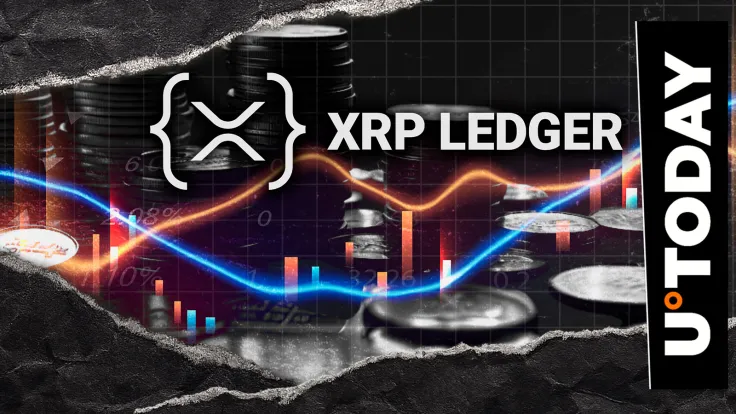Report: Recent Crypto Market Crash Puts $1 Billion sUSDe Circulating Transactions at Risk
PANews reported on October 29th that, according to CoinDesk, a Sentora Research report stated that nearly $1 billion in DeFi positions involving USDe (sUSDe) staked on Ethena are at risk following the crypto market crash on October 11th. The crash caused a sharp drop in DeFi market interest rates, shrinking the returns of leveraged strategies such as sUSDe revolving trades. On Aave v3 core, USDT/USDC lending rates are approximately 2.0% and 1.5% higher than sUSDe yields, respectively. Users who leveraged stablecoins to go long on sUSDe are experiencing negative returns, and revolving positions using stablecoins to buy sUSDe are beginning to lose money. If this situation continues, approximately $1 billion in positions on Aave v3 core exposed to negative interest rate spreads may be liquidated.
Negative interest rate spreads could force collateral sell-offs or deleveraging, weakening liquidity in trading venues and triggering a chain reaction. Sentora warns traders to pay attention to the spread between the annualized yield of Aave lending and the yield of sUSDe, especially when it remains negative, as well as the utilization rates of USDT and USDC lending pools. With an increasing number of revolving positions nearing liquidation, traders should be wary of a surge in USDT and USDC lending pool utilization in the future, which could drive up borrowing costs and exacerbate market pressure when interest rate spreads are negative.
You May Also Like

Crypto News: Crypto Firm Taurus Establishes New York Office Amid Global Growth

XRPL Validator Reveals Why He Just Vetoed New Amendment
